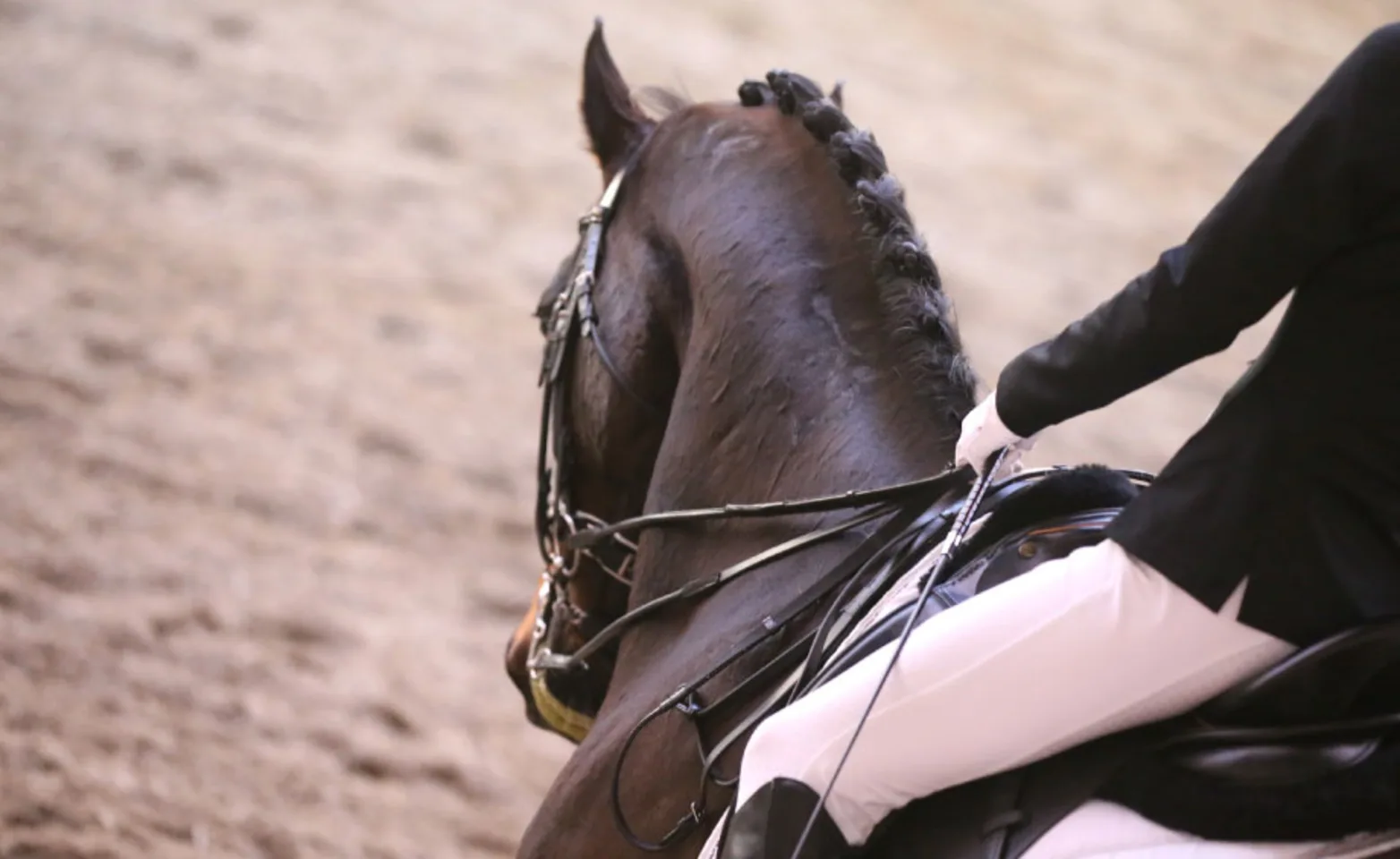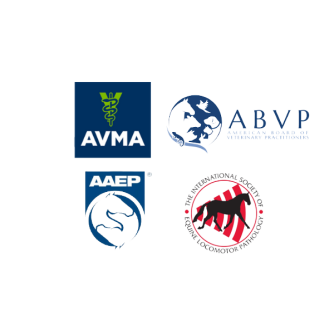Northwest Equine Veterinary Associates

Diagnosing and Monitoring
The most common use of our endoscope is diagnosing and monitoring the healing of gastric ulcers. We are able to visualize all areas of the stomach and advise on the proper treatment course. Prior to gastroscopy, the horse is fasted for 12-18 hours so that the stomach is empty and all areas may be examined. The horse is administered a small amount of sedation and the endoscope is passed through the nose down to the stomach. Most horses tolerate this procedure very well and are awake and eating within an hour after the procedure. If gastric ulcers are detected, gastroscopy can be performed at the conclusion of a course of treatment to ensure the ulcers have healed adequately.

Conditions
Conditions of the upper airways that can be diagnosed with endoscopy include infections of the guttural pouches, laryngeal abnormalities, inflammatory airway diseases, ethmoid hematomas, sinus cysts, or sinus tumors. In addition, foreign bodies or superficial infections discovered in the nasal passages and guttural pouches may be diagnosed and treated using the endoscope.

